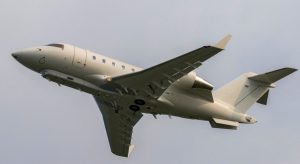
The Army has awarded a pair of deals to L3Harris [LHX] and Raytheon Applied Signal Technology [RTX] totaling to $18 million to continue work developing Multi-Domain Sensing System (MDSS) prototypes for the service’s High Accuracy Detection and Exploitation System (HADES) intelligence-gathering aircraft program. Phase 2 of the MDSS program will run for 24 months and have both firms advancing their designs and building prototypes “to increase performance/sensitivity at higher altitude, range, and speed to meet specifications, exploit near-peer threats, and…

 By
By 











